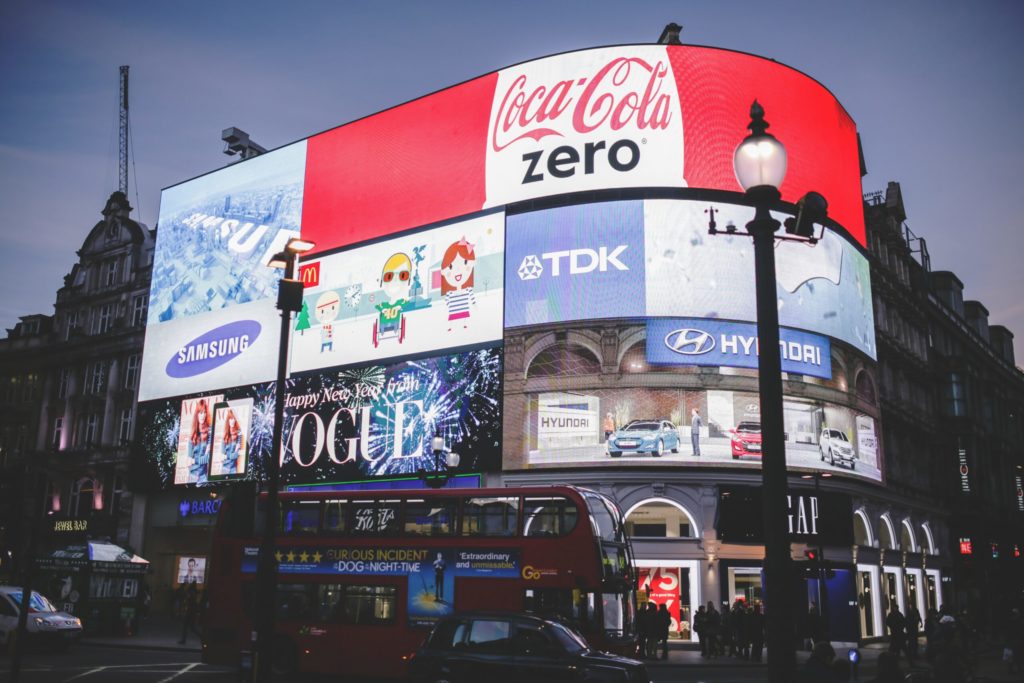Partner Content
NDA has partnered with VIOOH for a series of articles exploring OOH advertising and the role programmatic technologies will play in its development.
It’s the ultimate win-win. Programmatic out-of-home (OOH) is empowering advertisers to reach targeted audiences at prime locations while media owners maximise the usage of their inventory. But how exactly does programmatic OOH really work?
Programmatic has revolutionised digital advertising on desktop and mobile and is now beginning to make a major impact on digital OOH.
Technology is already being used in the sector to automate the mechanics of the buying and selling process, but where it could really make a difference is with data-driven, real-time programmatic. Rather than using tools to simply mechanise the process, working in real-time -to the IAB’s OpenRTB standards, programmatic is starting to open up a whole host of new possibilities, according to Jon Block, Chief Product Officer at VIOOH.
At the moment, he reveals, technology is primarily automating how campaigns are planned and traded, and that is no small accomplishment in a complex landscape.
“In programmatic OOH you obviously still have a buyer and a seller, each working off their own platform,” he says.
“The big difference, traditionally in this area, is the complexity of what lies in between that buyer and seller. Because there are so many media owners offering various sizes and locations of screens, lots of specialist agencies have set up over the years to help buyers devise the right OOH media plan.
“So, while programmatic has started to be adopted today, it has mostly been used to streamline campaign planning and booking across this complex landscape. It’s typically used for booking screens in advance rather than in real-time.”
Real-time bidding
For Block, where programmatic is now starting to take the outdoor industry is proving revolutionary. From a tool that helps book campaigns, it is now possible to start real-time bidding (RTB) auctions for screen time based on audience and third-party data or even what’s going on in the world around us.
Outdoor audience data was traditionally manually collected by researchers with clipboards. Today, though, real-time mobile data can power programmatic decision making. Consumers position themselves through their network’s mobile signal or by logging on to a location’s wi-fi provider. This can be combined with knowledge of the person based on their use of location-specific apps, such as travel and weather services.
This is anonymised so either the buy or sell side of the equation, or both, know when a particular niche audience is exposed to a screen, but individuals are not identified. It could be demographic information or behavioural data, such as knowledge of what their browsing history suggests they may be ‘in market’ for.
Outside data triggers
The true power of what this means for programmatic OOH is more comprehensively delivered by adding third party data insights to trigger and measure campaigns. This additional targeting could come through linking a buyer’s bidding decisions into inputs such as weather conditions or perhaps stock and footfall levels in a particular store, according to Block.
“You can plan campaigns around recognising when the right audience is in front of a screen and then you also add trigger data,” he says.
“Rather than put up offers at pre-set times of the day, a store might want to drive footfall when its aisles are empty and it needs those extra customers. They might want to link their adverts to stock levels so they’re not advertising sold out items. They might also want to take advantage of the geo-locational targeting that automatically comes with outdoor to react to a competitor’s latest offer and get bidding on screens outside those stores to divert customers to their own shops.
“To get really sophisticated, they might want to use weather data as a trigger. Maybe a pharmacy at a train station might want to run adverts for antihistamine tablets when pollen levels are high. A shirt sponsor for a big football team might want to run advertising to coincide with a goal being scored or their team winning a match.
“And finally they might even be able to measure the effectiveness of the advertising. OOH already has a unique relationship to the consumer journey and the point of sale. New technologies will even be able to tell you if your programmatic OOH adverts drove people into store. It can power a form of attribution modelling for the high-street!”
It works for both sides
While programmatic is starting to empower buyers to target the right audiences on the right screen at the most appropriate moment with the right creative, the technology is also opening up the medium to entirely new advertisers and entirely new forms of advertising.
It works out as a win-win, Block explains. Advertisers can more easily access OOH as part of their existing media plans. They can improve audience targeting, drive outcomes and react to the real-world situation by clever use of data. The technology also offers a great step forwards for OOH media owners, who can make better use of their inventory. And with more and more media owners digitising their traditional paper-based inventory, the growth potential in this area is huge.








